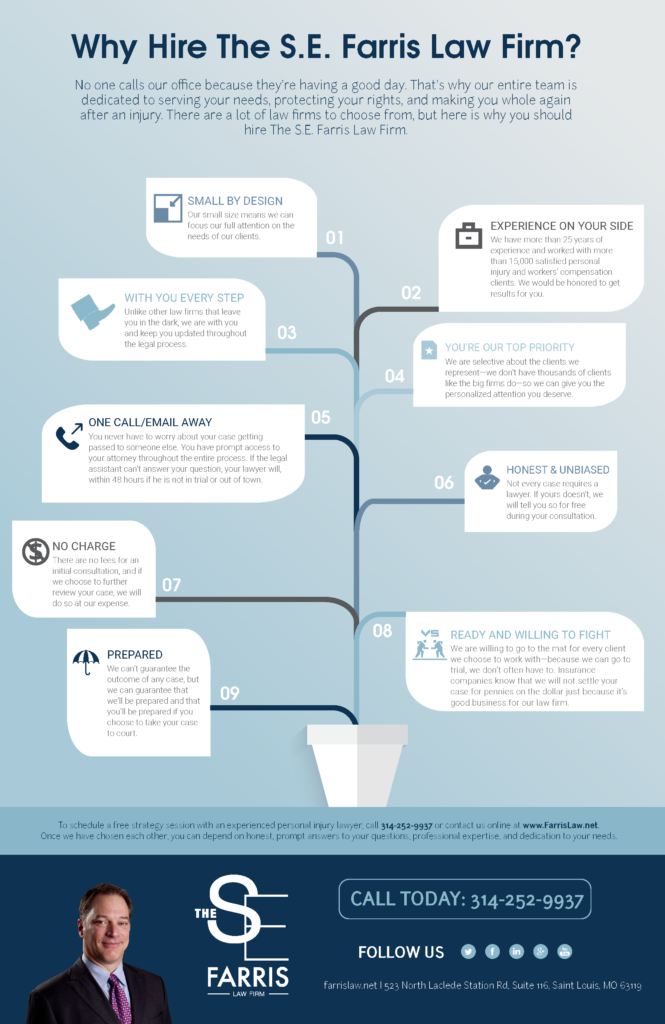As you start the trip of navigating a separation case, you may find yourself questioning the timeline that lies in advance. From the first phases of submitting papers to the intricacies of settlement and the possibility for a test, each action holds its own collection of challenges and unpredictabilities. Understanding the sequence of events can help you get ready for what's ahead and prepare for the twists and turns that might occur along the road.
Preliminary Filing and Solution of Documents
When starting the separation process, the first step is the first filing of the required documents with the court. This step formally begins the lawful treatment and sets the divorce case in motion. You should send types that describe the premises for separation, possessions, obligations, revenue, expenses, and any other pertinent information required by the court.
After filing these records, copies have to be served to your partner, educating them of the divorce procedures. This service can be done through a process server, sheriff's office, or licensed mail, guaranteeing that your partner is formally alerted of the divorce situation against them.
When the files are filed and served, the court will certainly offer a situation number and appoint a court to supervise the situation. It's crucial to properly complete and file these papers, as any type of errors or noninclusions might postpone the separation procedure.
This initial step lays the foundation for the legal dissolution of your marriage, noting the start of a possibly difficult but needed procedure.
Discovery and Arrangement Stage
During the Discovery and Negotiation Phase of a divorce instance, both events take part in collecting information and exchanging appropriate records to better recognize each other's economic conditions and various other essential information. This phase is essential as it establishes the foundation for negotiations and possible settlement arrangements. With approaches such as interrogatories, requests for manufacturing of files, and depositions, each event intends to uncover realities, assets, debts, and various other necessary information that might influence the case's outcome.
Negotiations during this phase frequently involve discussions on various concerns like property department, youngster wardship, visitation timetables, and financial backing. https://www.baltimoresun.com/news/crime/bs-md-ci-cr-ivan-bates-wins-democrat-primary-states-attorney-over-marilyn-mosby-20220722-w4h2wdtlvzc2raht6zhxmhjcay-story.html may work with their lawyers to explore negotiation alternatives, potentially staying clear of the need for a test.
Arbitration or collaborative legislation processes might additionally be utilized to promote efficient conversations and get to equally acceptable arrangements. https://blogfreely.net/tamica6justin/selecting-the-appropriate-divorce-attorney-crucial-inquiries-to-make-prior to approach this phase with transparency, honesty, and a desire to compromise to accomplish a smoother resolution and lessen the emotional and monetary toll of an extensive court battle.
Test and Final Resolution
Progressing from the Exploration and Negotiation Stage, the Test and Final Resolution phase marks the conclusion of your separation situation. This stage is where unresolved issues are brought before a court to make decisions on issues like possession division, child custody, and support. The test typically entails offering evidence, witness testimonies, and legal disagreements to support your case.
During the test, both events will certainly have the possibility to offer their placements and counterarguments. It's important to be prepared, as the judge's decision will considerably influence the final outcome of your separation.
Following the test, the judge will certainly issue a last judgment that outlines the terms of the separation, including any type of economic settlements and wardship arrangements.
Once the judgment is issued, the separation is wrapped up, and both celebrations are legally bound by its terms. While the test stage can be demanding and psychological, it's a required action towards getting to a last resolution and moving on with your life post-divorce.
Conclusion
To conclude, navigating a divorce situation entails a collection of steps from filing preliminary records to reaching a final resolution. Recognizing the timeline of events can help you get ready for what to anticipate throughout the procedure. By being positive, looking for lawful assistance, and staying informed, you can navigate the complexities of divorce proceedings with confidence and quality.
